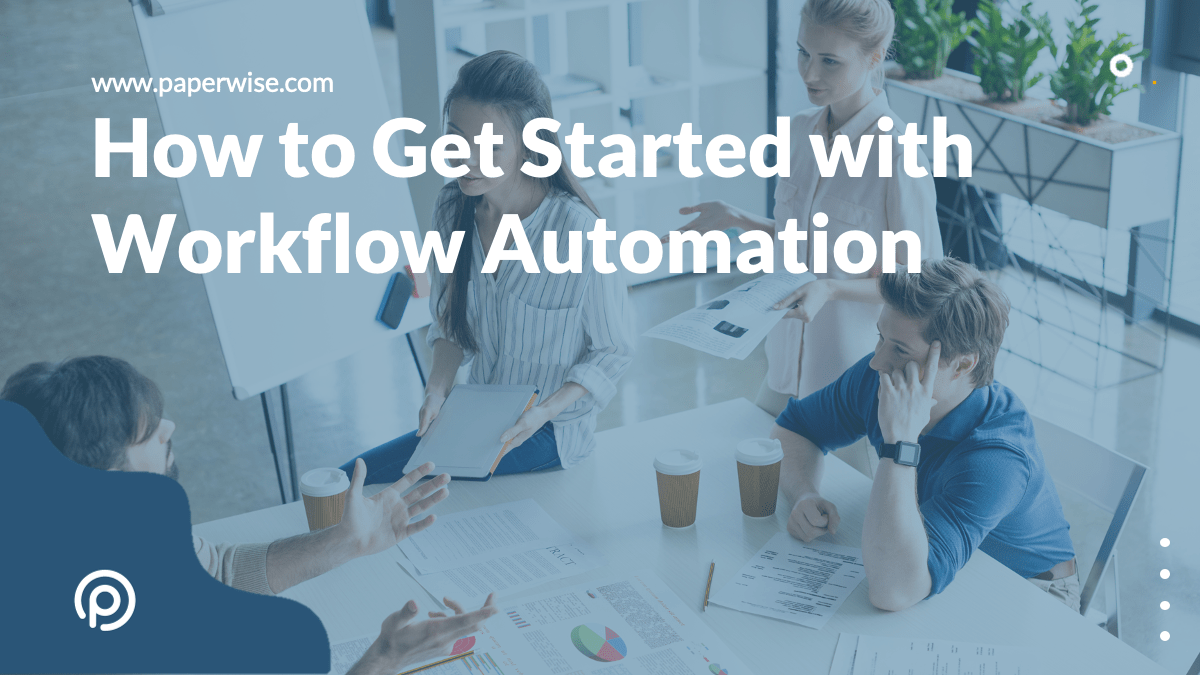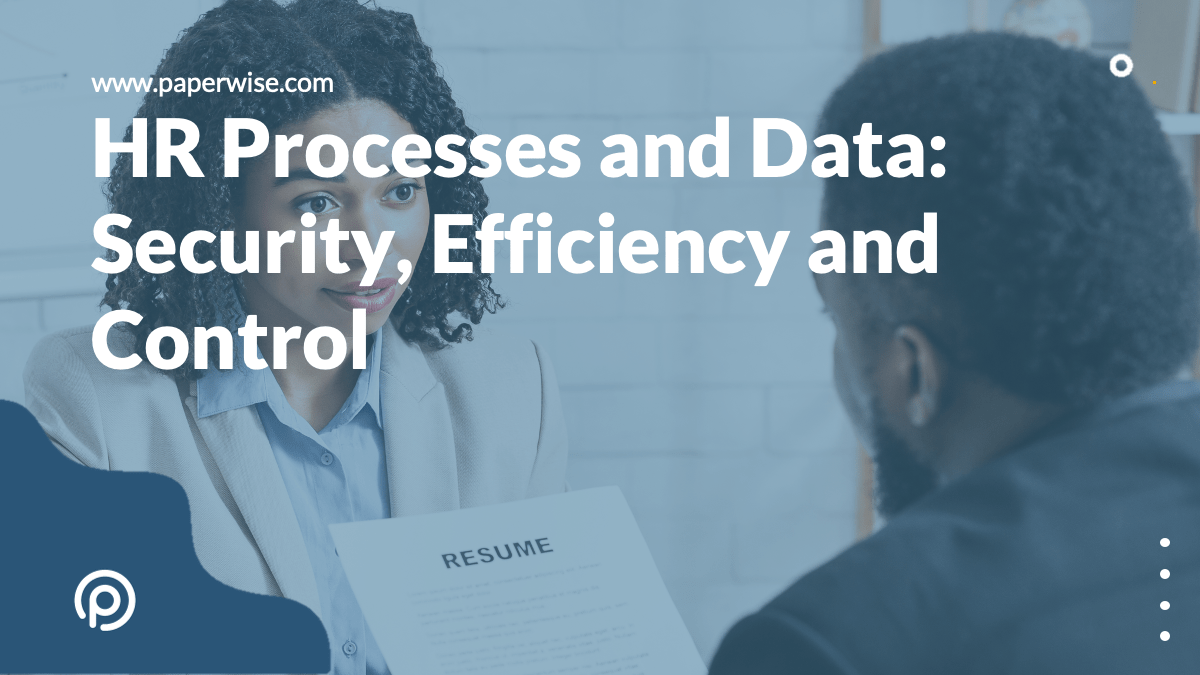
How to Get Started with Workflow Automation
In today’s fast paced and ever-changing world, it is more important than ever to find ways to maximize efficiency and identify the highest return on investment (ROI) possible. One way to do this is using workflow automation. Workflow automation can help you to streamline your processes, making your employees happier and more productive.
In this blog post, we will discuss how to get started with workflow automation and outline some of the benefits that you can expect to see.
Identify repetitive tasks
When trying to identify repetitive tasks for workflow automation, it’s important to first understand the business. By making a visual representation of your as-is workflow, you can get a better understanding of where the repetitive tasks are taking place. Often, this can be simplified by automating some of the more mundane and time-consuming tasks. However, it’s important to do this in close consultation with others to get the most out of the automation process.
By understanding your business and its workflows, you can make the necessary changes to improve efficiency and productivity. Workflow automation can be a great way to simplify complex processes and save time in the long run. However, it’s important to consult with others before making any changes. This will ensure that you get the most out of the automation process and that your business runs smoothly.
Most businesses have many manual and repetitive tasks areas like:
- AP invoice processing
- Contract review and approval
- Human resources
- Employee onboarding and offboarding
- Travel and expense reporting
- Purchase order approval
- Maintenance requests
Define business processes
To automate a business process, you first need to define it clearly. The process should be broken down into a series of steps that can be easily followed. Once you have defined the process, you can begin to look for ways to automate it. Paperwise Symphony is a leading workflow automation platform that makes it easy to put automation in place. With the right tools in place, you can streamline your business processes and improve efficiency.
Decide on your goals
When it comes to automation, you need to set some specific goals to measure the success of the implementation. Quite often, businesses want to see an increase in efficiency and a reduction in costs. However, there are a range of other potential goals that can be set, depending on the specific needs of your company.
It’s important to remember that automation isn’t a “one size fits all” solution – you need to tailor it to your own unique business requirements. With that in mind, you need to define your goals for the automation process before you can start to look at solutions.
Some possible goals could include:
- Increased efficiency
- Reduced cycle time or throughput
- Fewer data entry tasks for employees
- Focused work on process insights and optimization
Once you’ve decided on your goals, you need to think about how you’re going to measure them. This will vary depending on the individual goal, but it’s important to have a clear idea of what success looks like before you start the automation process.
Agreeing on measurements
One of the most important aspects of upgrading your workflow is to establish key performance indicators (KPIs) to measure its success. To do this, you need to first understand what you want to improve and how you plan on doing it.
Some examples of KPIs you could use are:
- Time it takes for a task to be completed
- Number of errors made in a task
- Percentage of tasks completed on time
- Customer satisfaction rating for tasks completed
- Cost savings achieved because of the new workflow
You and your business users should agree on what KPIs to track before starting to use the new workflow. This will help ensure that everyone is on the same page and knows what to expect from the new system.
Setting up and testing your workflows
Setting up and testing workflows in workflow automation can be a daunting task, but it is important to make sure that they are working correctly. This includes testing all the steps in the process and making sure that the conditions and triggers are working correctly.
It is also important to have a team of workflow experts to help you with setting up and testing your workflows. This will ensure that they are set up correctly and that they are running smoothly.
When it comes to automating your business processes, there are a few key things you need to remember. First, you need to identify any repetitive tasks that can be automated. Once you have done this, you can begin to define the business process and look for ways to automate it. You also need to set some specific goals for the automation process and agree on measurements so that you can track its success. Finally, make sure to set up and test your workflows before putting them into production. By following these simple steps, you can streamline your business processes and improve efficiency.



